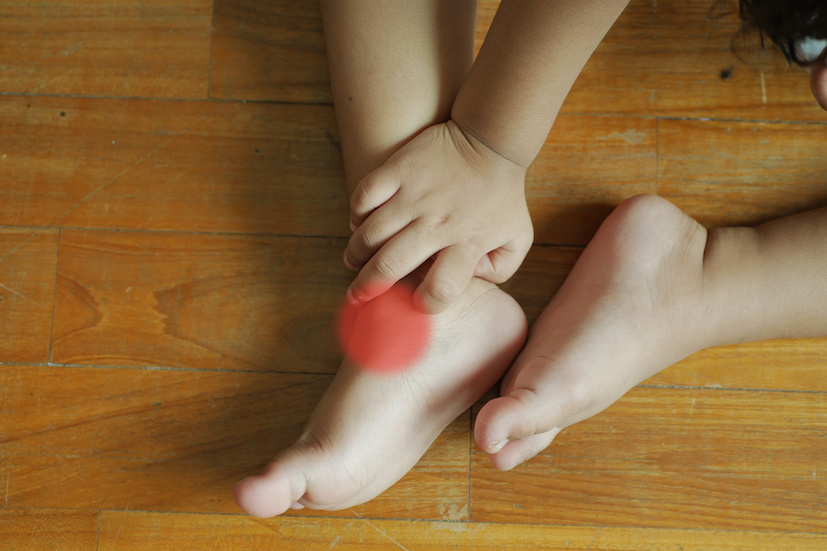Conditions >>
Kohler’s disease is a rare child’s foot condition that causes midfoot pain and limp. It is a type of osteochondrosis in children and is also known as avascular necrosis of the navicular bone and affects the inner side of the foot arch. Kohler’s disease commonly occurs in children between 3 and 7 years old and is more common in boys. If left untreated, the condition can limit the foot motions and change your child’s gait pattern.

Children with Kohler’s disease often report pain, redness and swelling in the midfoot, causing them to limp or have difficulty putting weight on the affected foot. They may also have a limited range of movement of the affected foot.
Current available studies cannot explain the exact cause of Kohler’s disease. Still, there are some proposed theories, and they include the following:
A thorough assessment, patient’s history and medical history are crucial for diagnosing Kohler’s disease. Generally, an X-ray image of the foot is necessary to visualise the shape of the navicular bone. Any further scans, such as MRI or CT scan, may only be required if the diagnosis is unclear.
Kohler’s disease is generally considered a self-limiting condition and will heal over time. However, as the condition is painful and affects the child’s quality of life, the primary goal of treatment is to reduce pain and further trauma.
Treatment options include:
The good news of Kohler’s disease is that the prognosis is generally good. Most children will recover within 6 to 24 months. However, following the recommended management plan and monitoring the child’s progress over time is essential to ensure proper healing and prevent complications.
The long-term implications of poorly recovered patients are chronic foot pain, foot deformities (such as collapsed foot arch) or a change in the gait patterns.
Kohler’s disease is rare but can cause significant pain and debilitation in walking in affected children. Early detection and a strict management plan are crucial for a good outcome. By understanding its causes, symptoms, diagnosis, and management options, parents and we, as podiatrists, or other medical professionals, can work together to ensure that your child receives the necessary care and support for a full recovery.
Many other foot conditions in children can mimic the symptoms of Kohler’s Disease, such as posterior tibial tendonitis, spring ligament sprain, or even a foot infection. If your child complains of pain, redness, and swelling in the midfoot or is limping, you should bring your child to see a paediatric podiatrist or a medical professional as soon as possible.
There is no surefire way to prevent Kohler’s disease in children. However, you can take measures to reduce the risk of it developing, and that includes:
The good news about Kohler’s disease is that surgery is usually not needed unless a severe complication or deformity is present following the condition. This condition is self-limiting and takes time to recover on its own. Therefore, your child should heal within 6 to 24 months with a proper management plan.
No studies suggest that flat feet increase the risk of developing Kohler’s disease. However, theoretically, a collapsed foot arch can increase the stress on the navicular bone, which may cause the condition to develop.
Kohler’s disease is a condition that specifically affects children. However, a similar condition occurs in adults, known as Mueller-Weiss Syndrome, which causes the navicular bone to collapse. The Mueller-Weiss syndrome has a more significant impact on the foot structure. It can lead to the early development of foot arthritis.